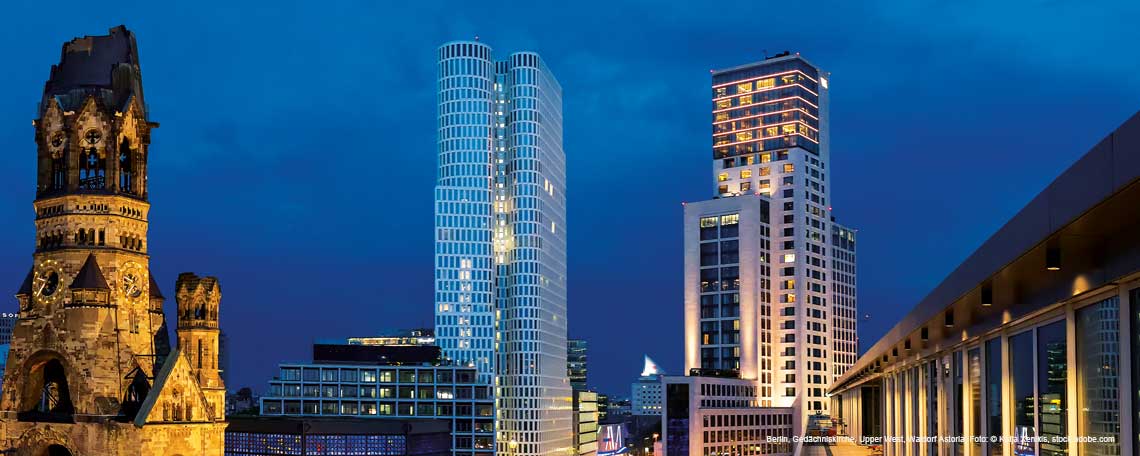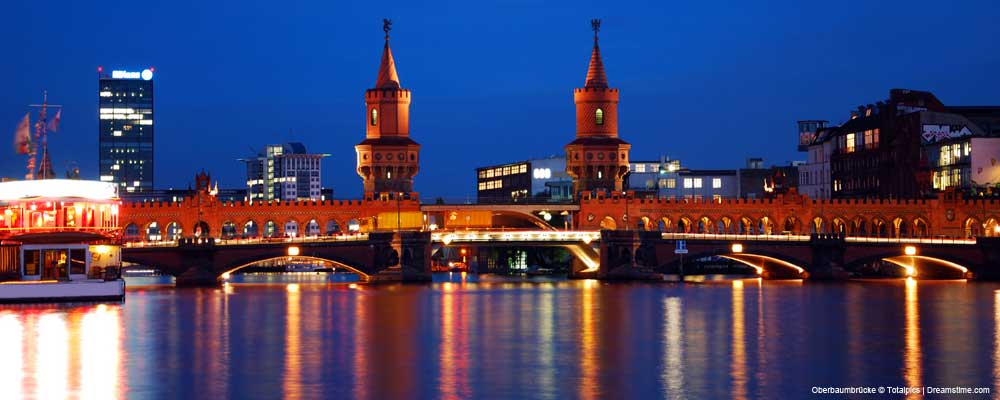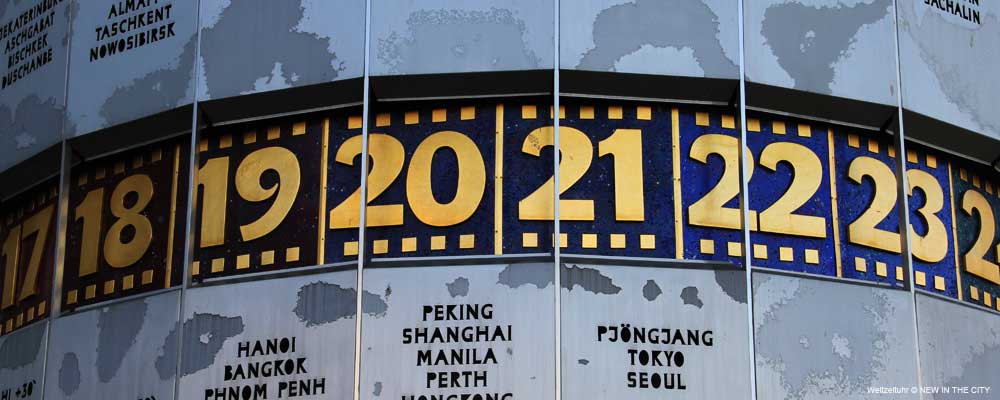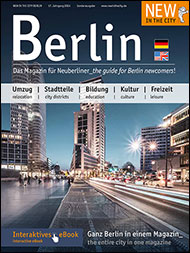 © Izabela Habur, istockphoto
© Izabela Habur, istockphoto
Berlin has Germany’s highest concentration of cinemas with about 280 screens in 100 cinemas. In addition to the many multiplex theaters showing the latest blockbusters, there are lots of independent art house theaters catering to more demanding movie buffs. One example is the Arsenal at Potsdamer Platz, which has been run by the Freunde der Deutschen Kinemathek (Friends of German Cinema) for more than 30 years. The Arsenal has special screenings as well as retrospectives and experimental movies from many different countries in their original language. The Filmkunsthaus Babylon Mitte also focuses on non-mainstream movies and has retrospective programs. Independent theaters such as the beautiful Delphi Filmpalast and Broadway in Charlottenburg have combined to form the Yorck Kino Gruppe, consisting of 12 cinemas. The Odeon in Schöneberg and the Babylon in Kreuzberg are members of this group and often show original language versions of contemporary films.
Germany’s largest selection of movies in original language versions can be seen on the eight screens of the CineStar Original in the architecturally spectacular Sony Center. The cinema also stages German premiers of international films. Hollywood stars such as Brad Pitt, Nicole Kidman, George Clooney, Steven Spielberg and Tom Hanks have walked the red carpet here.
You can see even more stars and starlets live every year at the German Film Awards ceremony and, naturally, every February during the two weeks of the Berlinale international film festival, which has been taking place since 1951. The event is one of the world’s top film festivals along with Cannes and Venice. The Berlinale Palast musical theater on Potsdamer Platz has been a focus for film events since 2000, together with about 20 other cinemas. These theaters screen films that compete for the Golden Bear (Goldener Bär) award as well as movies promoted by the Internationales Forum des jungen Films (International Forum For Young Cinema), which was set up in 1971. The Forum enables non-mainstream movies such as North Korean documentaries or German low-budget productions to be shown to an international audience. Berlin is once more a film metropolis, just like it was the 1930s during the time of the UFA (Universum-Film AG) when classic films such as Metropolis were made. Today, most German films as well as many television productions and international co-productions are made in the former UFA film studios in Babelsberg.
If all this isn’t spectacular enough for you, try visiting the IMAX 3-D cinema where sharks and dinosaurs get dangerously close to the audience on Berlin’s largest screen.
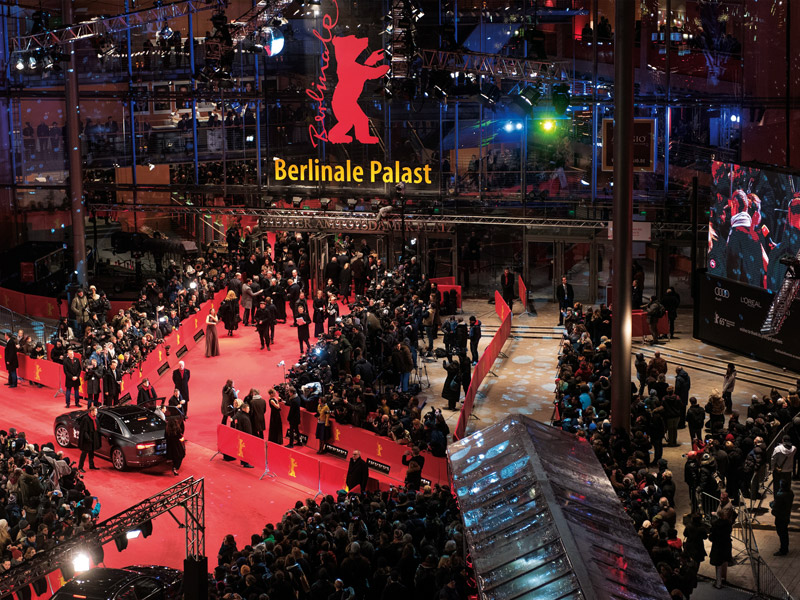 Andreas Teich © Berlinale 2015 Andreas Teich © Berlinale 2015 |
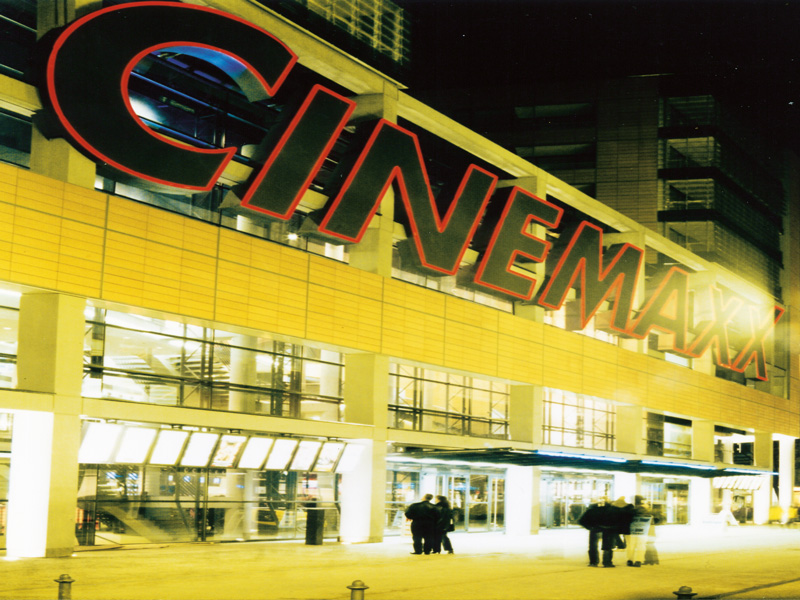 Cinemaxx, Hohenschönhausen Cinemaxx, Hohenschönhausen |
 CineStar im Sony Center CineStar im Sony Center |





